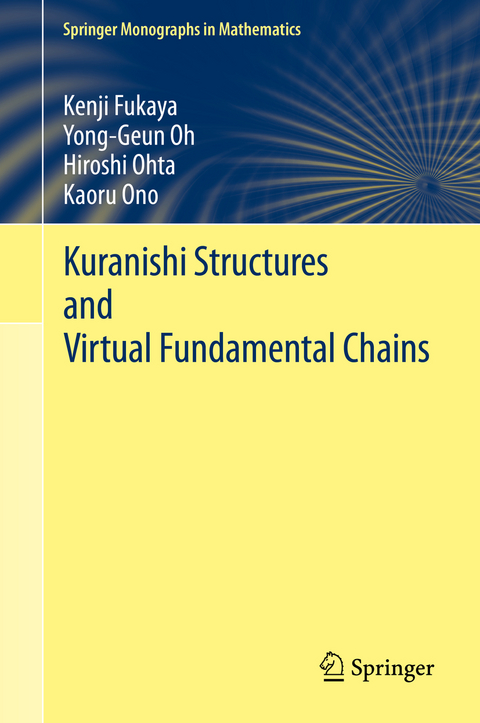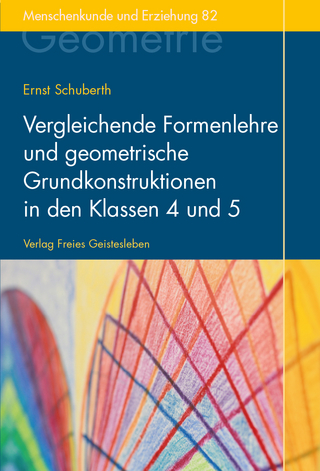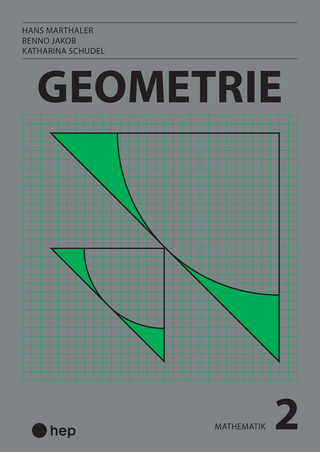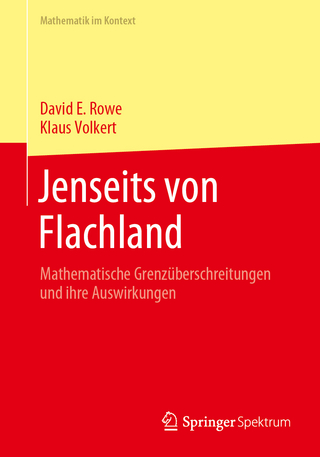
Kuranishi Structures and Virtual Fundamental Chains
Springer Verlag, Singapore
978-981-15-5561-9 (ISBN)
Part I discusses the theory on a single space equipped with Kuranishi structure, called a K-space, and its relevant basic package. First, the definition of a K-space and maps to the standard manifold are provided. Definitions are given for fiber products, differentialforms, partitions of unity, and the notion of CF-perturbations on the K-space. Then, using CF-perturbations, the authors define the integration on K-space and the push-forward of differential forms, and generalize Stokes' formula and Fubini's theorem in this framework. Also, “virtual fundamental class” is defined, and its cobordism invariance is proved.
Part II discusses the (compatible) system of K-spaces and the process of going from “geometry” to “homological algebra”. Thorough explanations of the extension of given perturbations on the boundary to the interior are presented. Also explained is the process of taking the “homotopy limit” needed to handle a system of infinitely many moduli spaces. Having in mind the future application of these chain level constructions beyond those already known, an axiomatic approach is taken by listing the properties of the system of the relevant moduli spaces and then a self-contained account of the construction of the associated algebraic structures is given. This axiomatic approach makes the exposition contained here independent of previously published construction of relevant structures.
1.Introduction.- 2.Notations and conventions.- 3.Kuranishi structure and good coordinate system.- 4.Fiber product of Kuranishi structures.- 5.Thickening of a Kuranishi structure.- 6.Multivalued perturbation.- 7.CF-perturbation and integration along the fiber (pushout).- 8.Stokes' formula.- 9.From good coordinate system to Kuranishi structure and back with CF-perturbations.- 10.Composition formula of smooth correspondences.- 11.Construction of good coordinate system.- 12.Construction of CF-perturbations.- 13.Construction of multivalued perturbations.- 14.Zero and one dimensional cases via multivalued perturbation.- 15.Introduction to Part 2.- 16.Linear K-system: Floer cohomology I: statement.- 17.Extension of Kuranishi structure and its perturbation from boundary to its neighborhood.- 18.Smoothing corners and composition of morphisms.- 19.Linear K-system: Floer cohomology II: proof.- 20.Linear K-system: Floer cohomology III: Morse case by multisection.- 21.Tree-like K-system: A1 structure I: statement.- 22.Tree-like K-system: A1 structure II: proof.- 23. Orbifold and orbibundle by local coordinate.- 24.Covering space of effective orbifold and K-space.- 25.Admissible Kuranishi structure.- 26.Stratified submersion to a manifold with corners.- 27.Local system and smooth correspondence in de Rham theory with twisted coefficients.- 28.Composition of KG and GG embeddings: Proof of Lemma 3.34.- 29.Global quotient and orbifold.
“Although the authors have dealt with this subject in some previous monographs and in numerous articles, it seemed necessary to have a book that could collect all the necessary and well-organized material. This is the reason why the two above-mentioned authors, together with Yong-Geun Oh and Hiroshi Ono, have decided to write this book that we review now. … this book (an authentic tour de force) it is an indispensable reference for every researcher in symplectic geometry and topology.” (Manuel de León, zbMATH 1482.53002, 2022)
| Erscheinungsdatum | 26.10.2020 |
|---|---|
| Reihe/Serie | Springer Monographs in Mathematics |
| Zusatzinfo | 34 Illustrations, color; 115 Illustrations, black and white; XV, 638 p. 149 illus., 34 illus. in color. |
| Verlagsort | Singapore |
| Sprache | englisch |
| Maße | 155 x 235 mm |
| Themenwelt | Mathematik / Informatik ► Mathematik ► Geometrie / Topologie |
| Schlagworte | A infinity structure • Floer homology • Kuranishi structure • Pseudo holomorphic curve • Virtual fundamental chain |
| ISBN-10 | 981-15-5561-3 / 9811555613 |
| ISBN-13 | 978-981-15-5561-9 / 9789811555619 |
| Zustand | Neuware |
| Haben Sie eine Frage zum Produkt? |
aus dem Bereich


